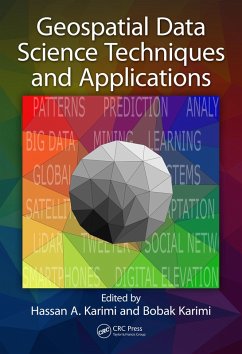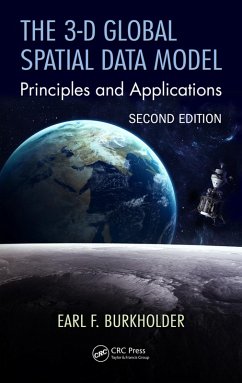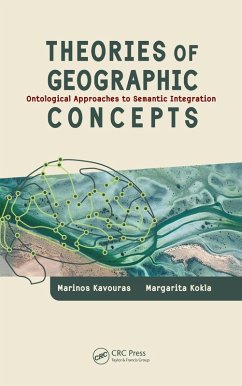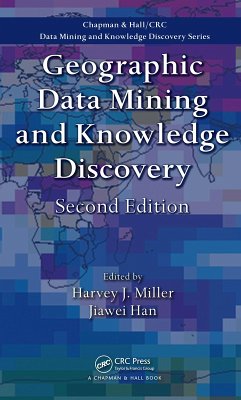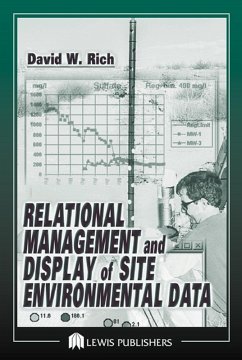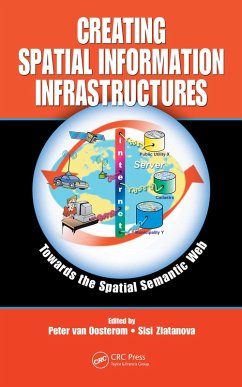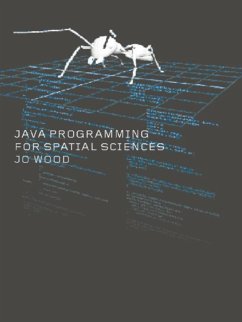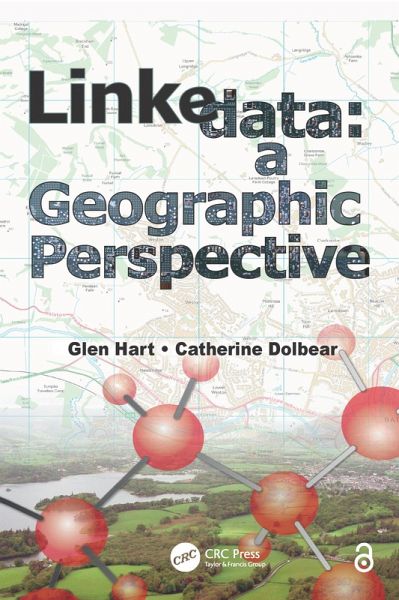
Linked Data (eBook, ePUB)
A Geographic Perspective
Versandkostenfrei!
Sofort per Download lieferbar
0,00 €
inkl. MwSt.
Weitere Ausgaben:

PAYBACK Punkte
0 °P sammeln!
Linked Data opens up structured data from databases to be searched and queried via the web, and a geographic element is increasingly being used to link to those data. This book helps you understand how to organize and describe data that includes geographic content and how to publish it as Linked Data for the Semantic Web, as well as explaining the benefits of doing so. In easy-to-understand terms, it equips you with the knowledge you need to think about Geographic Information through the lens of the Semantic Web.
Dieser Download kann aus rechtlichen Gründen nur mit Rechnungsadresse in A, B, BG, CY, CZ, D, DK, EW, E, FIN, F, GR, HR, H, IRL, I, LT, L, LR, M, NL, PL, P, R, S, SLO, SK ausgeliefert werden.





